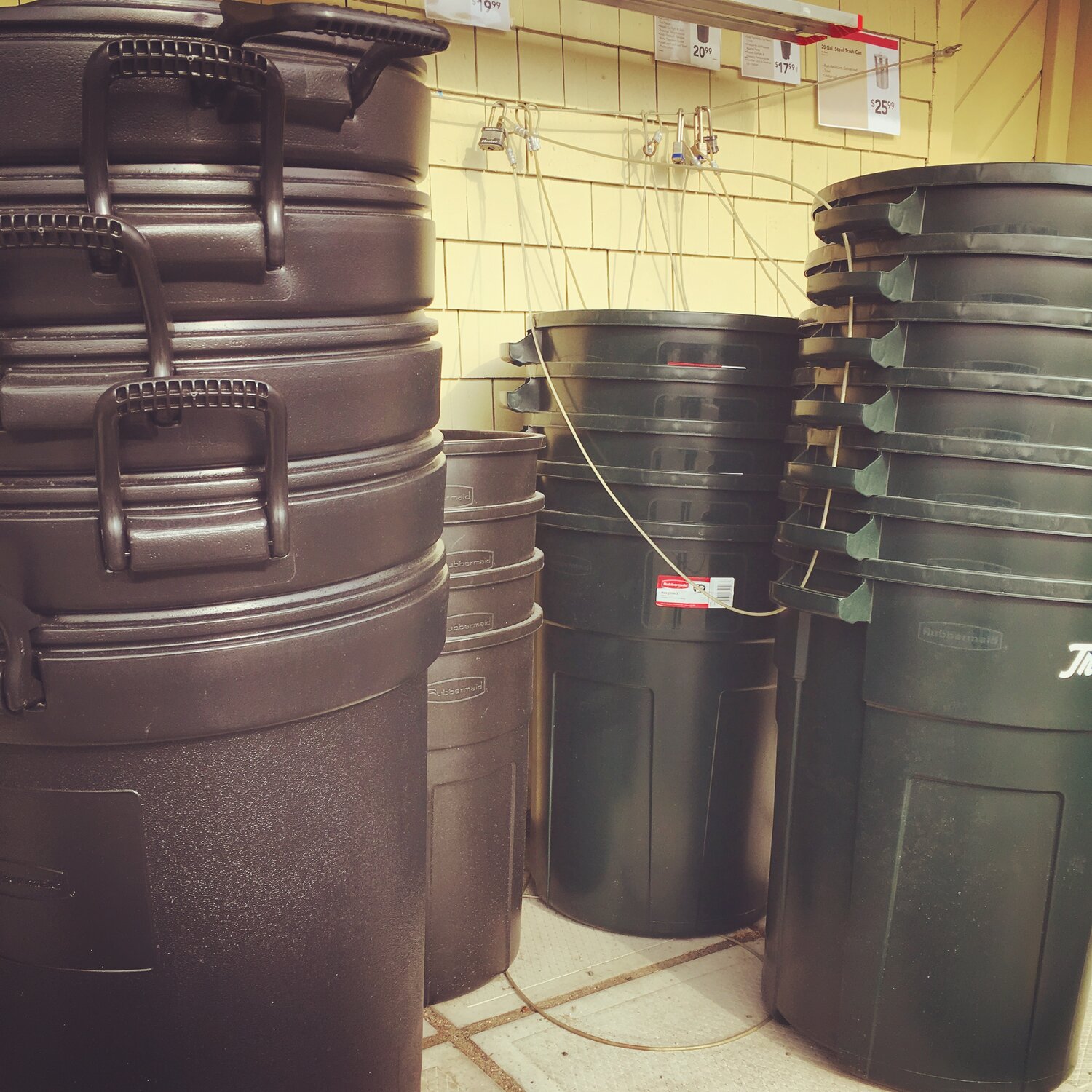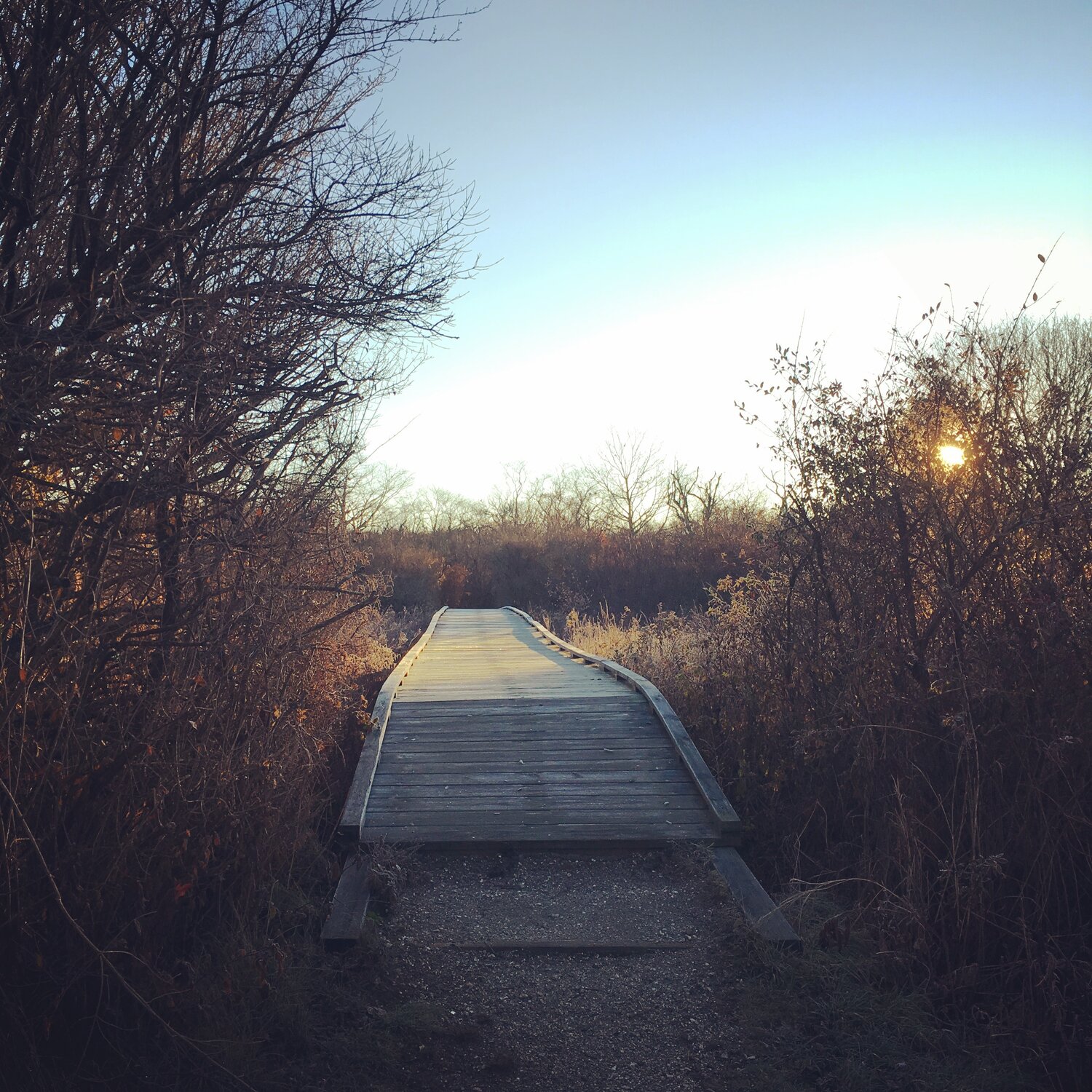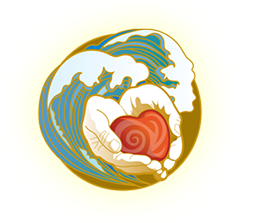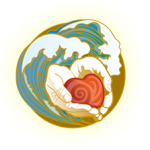
If you are in my line of work, there is a thing that happens at parties and barbecues: Someone asks what you do and as soon as you say the words biodynamic craniosacral therapist, you’ve… lost them. Aren’t you, dear reader, losing a bit of interest even seeing that phrase? Biodynamic craniosacral. It’s such a mouthful that it buries itself.
And then, on the way to school, passing wild turkeys and frozen fields, my daughter asks a question from the backseat that gets to the heart of this problem.
“But what do you really do? When you work it looks like… nothing.”
I started studying craniosacral work in 2012, and just finished a two and a half year deep dive certification in this particular approach. Every day I see how powerful the work is, but I have not cracked this particular code: How to simply explain what it is.Because an 8 year old? She doesn’t want to hear about the relational field and down regulation, she could care less about cerebrospinal fluid and the sphenobasilar junction. And if you can’t help a kid understand what you do in practical language, can you really explain what you do?
I take a breath. “Well…” How do I convey the idea of energy? “

Let’s say there’s a hurricane, and it blows over the trashcan. It just topples over and starts sliding across the street. What would happen if you walked out in the middle of the hurricane and stood it back up?”
“It would knock over again.”
“Right. And again, and again. As long as the hurricane’s blowing, the trashcan’s going over.” I check the rearview mirror to make sure she’s still with me. “But, what if you could talk directly to the hurricane? What if you could understand energy – forces that are everywhere and invisible, but not always as loud as a hurricane – and help the hurricane start to calm. Then what would happen to the trashcan?”
“It would just stay put.” We’re getting somewhere. Energy precedes matter is a fundamental principal of biodynamic. If we talk to the underlying patterns, we influence everything else, trashcans included.
“And what if we zoomed right in – on this steering wheel, or my bag here or your leg. What would we see?”
“Dust.” This is… so true. It’s February after all. I keep going.
“Yes. And if we zoomed in *even* further than that? Just kept zooming in and in?”
“Atoms.”
“Yes!” I’m trying not to get overly excited. “Ok, and if we zoom in on the atoms, what do we see?”
“Electrons?”
“Right! We’ve got these electrons spinning round and round protons and neutrons. We’ve actually got – when we get right down to this atomic zoom level – we’ve actually got much more space than stuff. If we focus on the space, we influence the stuff.” We are more space than matter. In cranio, we’re less interested in the conditional adaptations than the health that underlies it all. We focus on what is well, on what organizes health. I think she’s getting this.

“So, you speak the language of energy? Like, you know the words and sentences to talk to energy?” Kids are quick.
“Yes. But language is a lot about listening. You know how there are certain people you want to talk to and certain people you…don’t?” I parody an awkward adult to show what I mean, “‘Do you like school, little girl?‘ In cranio, we want to listen in a way that makes you comfortable enough to come out of your shell, so that we can have a real conversation, and maybe shift things together.” Establishing resonance.
So there, in 5 minutes, is a beginner’s guide to Biodynamic Craniosacral therapy: trashcans, hurricanes, dust, listening. Easier to follow, right?
Maybe I’ll try that at the next barbecue.
READ ALL OF JOHANNA’S BLOGS ON HER PAGE

